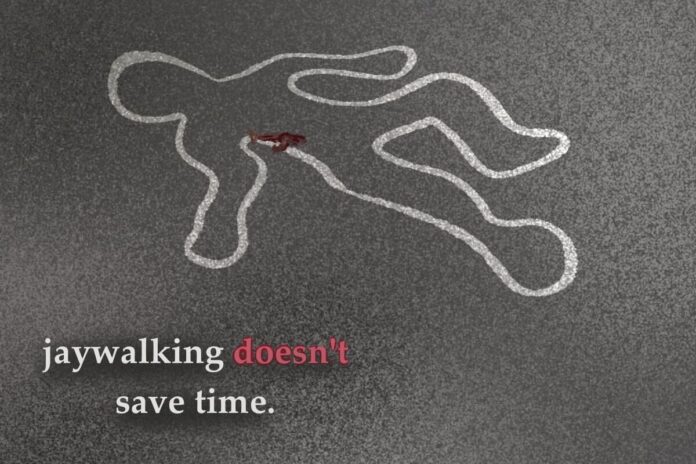As Ottawa unveils the latest plans for the renovation of Lansdowne Park to Lansdowne 2.0, the importance of pedestrian safety on local streets has not been adequately addressed and is becoming a growing concern.
Ottawa must invest in infrastructure that better supports pedestrians and cyclists, such as dedicated bike lanes and pedestrian crossings to protect them from traffic.
More than 700 new residential units will be constructed next to the stadium at Lansdowne Park over the next few years, which will introduce hundreds of new residents to the already bustling neighbourhoods surrounding Bank Street.
Although the city has plans to house these new residents, little has been said about how pedestrian and cycling infrastructure will be improved to cope with this increasing population.
As Canada transitions toward a climate-neutral future, walking and cycling have risen in popularity as healthy travel options that reduce environmental impact.
Despite this, Mayor Mark Sutcliffe has positioned himself as being in favour of motorists and personal cars. His recent policies, such as opening Queen Elizabeth Drive to vehicle access, have been detrimental to anyone who travels using other means.
Alongside the city’s infamous chaos and underfunding within its public transit system, a new campaign of anti-pedestrian and anti-cycling rhetoric has begun under the watch of the city government and the mayor.
This rhetoric incorrectly vilifies pedestrians and cyclists, blaming them for traffic jams and accidents. Although this rhetoric has led to short-term public backlash and retractions, the long-term consequences should be the most concerning.
A controversial element of this rhetoric is the recent litany of graphic safety advertisements published by the city. These advertisements victim-blamed and demonized the very cyclists and pedestrians at risk of being killed on our streets. The rhetoric was unhelpful and dangerous, demonstrating that the city refuses to take responsibility for unsafe infrastructure that can cause accidents.
As the population of Ottawa grows larger every year, it’s a fatal disservice to Ottawa pedestrians and cyclists if their sidewalks and cycling lanes don’t see improvement at the same rate as streets and roads do.
With increased housing construction and residents comes more cars, trucks and buses onto already congested streets. This adds to what is already a nightmare for pedestrians and cyclists to navigate safely. Traffic congestion can increase noise and stress levels for drivers and pedestrians alike.
Drivers may not notice cyclists and pedestrians when streets are clogged with cars. Since motorists are far less likely to be killed in traffic accidents compared to cyclists and pedestrians, it’s easy to see who has the most to lose.
While the cycling lanes and tracks that the National Capital Commission is constructing are a welcome improvement, the city must abandon its car-centric attitudes in favor of helping all commuters.
Cyclists, pedestrians and motorists are all taxpayers who pay for the infrastructure the city builds. It is unfair that most infrastructure built only benefits motorists.
The city should strive to create infrastructure that serves all of its users. It should invest in facilities for cyclists, pedestrians and public transport users, and allocate resources equitably. All of this would come together to create a more equal and sustainable city.
Equal transit infrastructure would help reduce traffic congestion, as more people would be motivated to use alternative modes of transport—if they were considered safe and functional— rather than driving.
The city should also consider reducing speed limits and increasing driver education about the daily risks that cyclists and pedestrians face.
The faster cars travel, the less time they have to react when a bicycle turns in front of them or a pedestrian steps into their path. A recent speed reduction trial in Wales has proven that lower speed limits save the lives of pedestrians and cyclists.
If Ottawa subjected motorists to the same demonizing advertisements directed at pedestrians and cyclists, maybe motorists would realize that everyone deserves to commute safely in the method of their choice.
Feature graphic by Alisha Velji/the Charlatan






